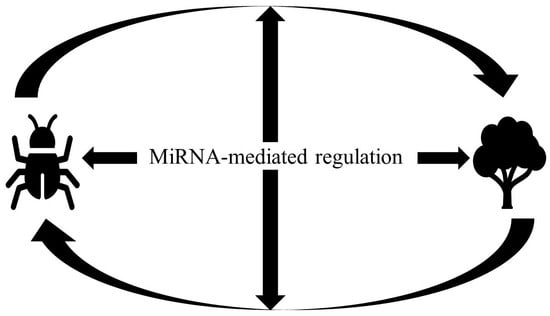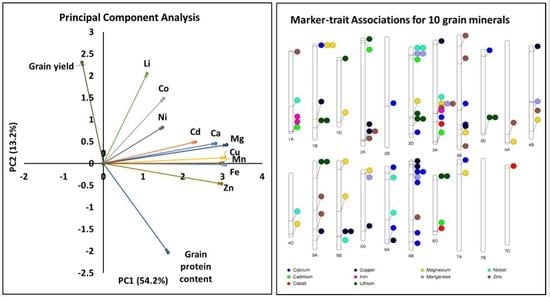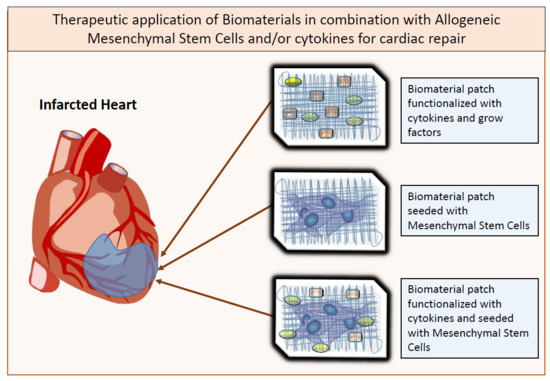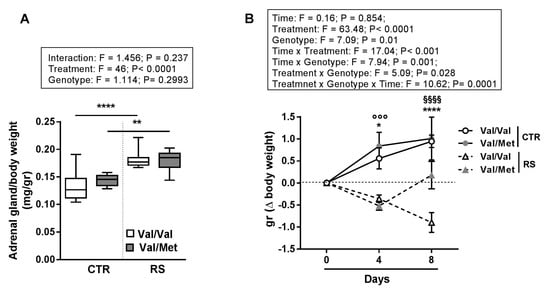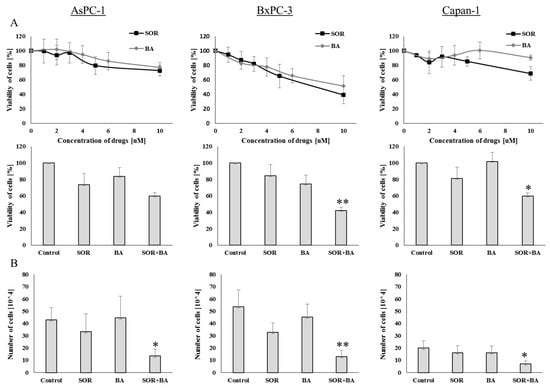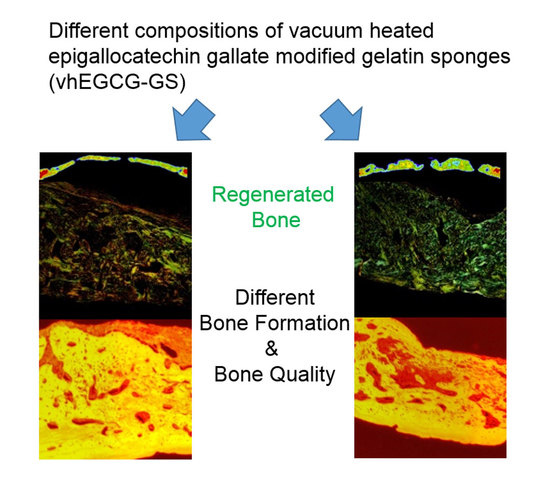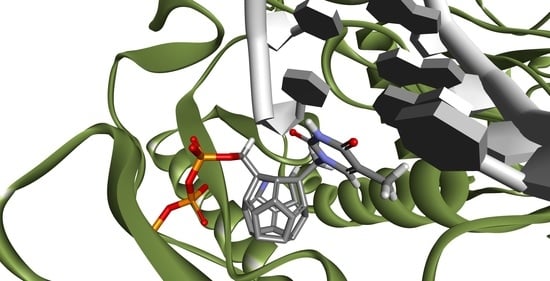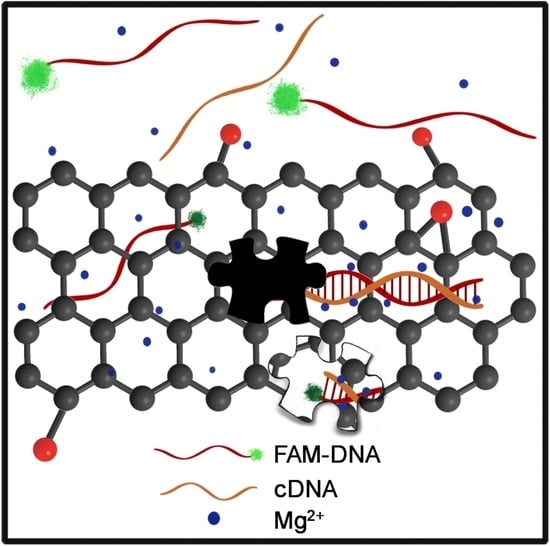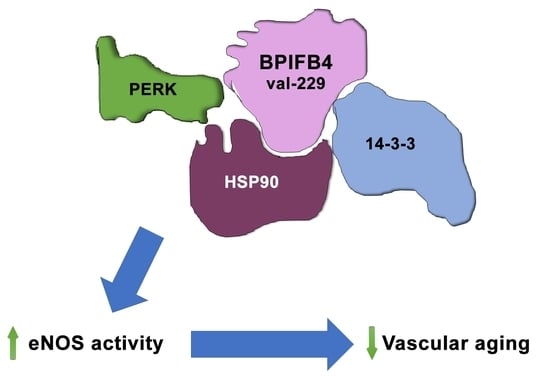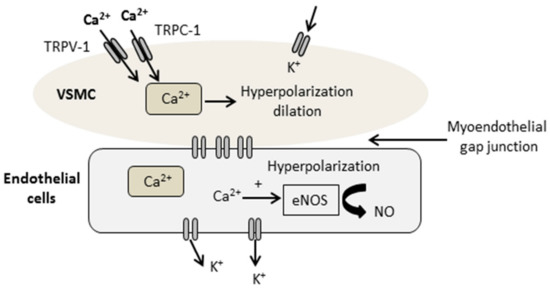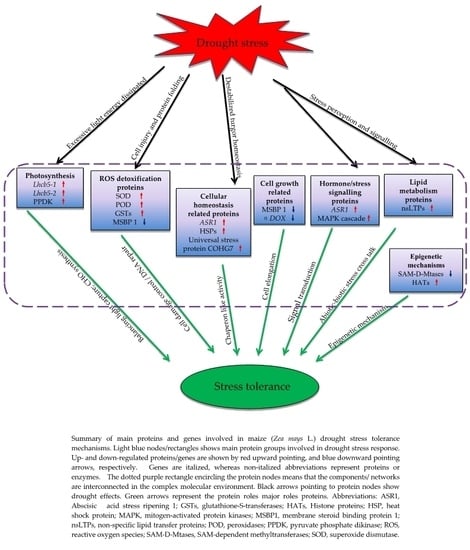1
State Key Laboratory of Agrobiotechnology, Centre of Soybean Research, School of Life Sciences, The Chinese University of Hong Kong, Hong Kong, China
2
Key Laboratory of Soil Environment and Plant Nutrition of Heilongjiang Province, Institute of Soil Fertilizer and Environment Resources, Heilongjiang Academy of Agricultural Sciences, Harbin 150086, China
3
Key Laboratory for Genetics Breeding and Multiple Utilization of Crops, Ministry of Education/College of Crop Science, Fujian Agriculture and Forestry University, Fuzhou 350002, China
4
Department of Agronomy, National Taiwan University, Taipei 10617, Taiwan
5
Department of Biology, Queen’s University, Kingston, ON K7L 3N6, Canada
6
Department of Cell and Systems Biology, University of Toronto, Toronto, ON M5S 3G5, Canada
7
Department of Biotechnology, Chonnam National University, Yeosu 59626, Korea
8
Department of Plant Science, McGill University, 21,111 Lakeshore, Ste-Anne-de-Bellevue, Montreal, QC H9X 3V9, Canada
Int. J. Mol. Sci. 2018, 19(10), 3239; https://doi.org/10.3390/ijms19103239 - 19 Oct 2018
Cited by 23 | Viewed by 7946
Abstract
Our understanding of microRNA (miRNA) regulation of gene expression and protein translation, as a critical area of cellular regulation, has blossomed in the last two decades. Recently, it has become apparent that in plant-insect interactions, both plants and insects use miRNAs to regulate
[...] Read more.
Our understanding of microRNA (miRNA) regulation of gene expression and protein translation, as a critical area of cellular regulation, has blossomed in the last two decades. Recently, it has become apparent that in plant-insect interactions, both plants and insects use miRNAs to regulate their biological processes, as well as co-opting each others’ miRNA systems. In this review article, we discuss the current paradigms of miRNA-mediated cellular regulation and provide examples of plant-insect interactions that utilize this regulation. Lastly, we discuss the potential biotechnological applications of utilizing miRNAs in agriculture.
Full article
(This article belongs to the Special Issue Signal Transduction Pathways in Plants for Resistance Against Plant Pathogens)
▼
Show Figures

